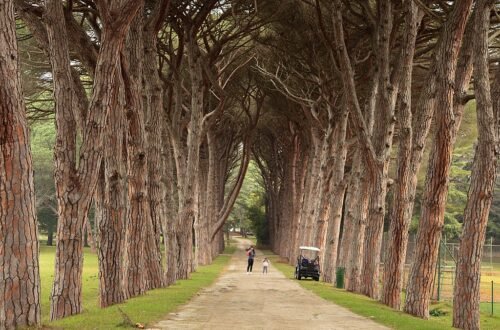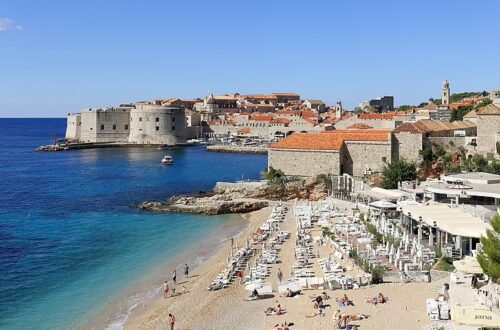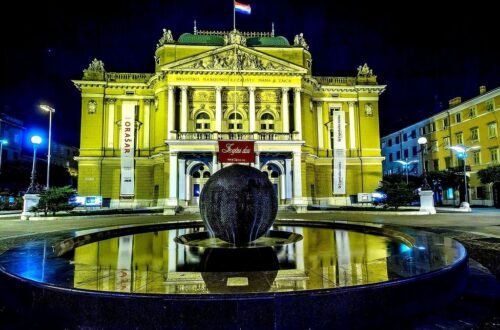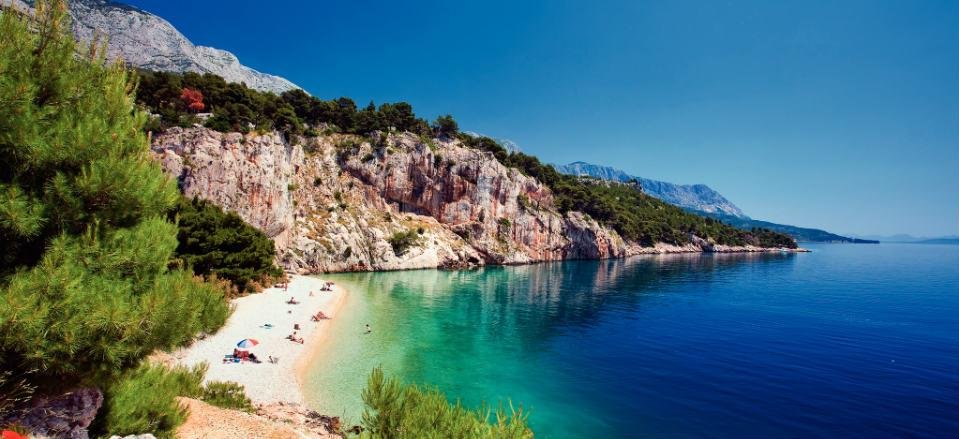
15 Best Things to See in Rovinj (Croatia)
Rovinj is a beautiful small city in Croatia that occupies every square inch of a peninsula that is surrounded by the Adriatic Sea on three sides. The ancient town’s central area is primarily Venetian and constructed of light-coloured limestone that sparkles in the sun and has fascinating relics from every period of its stormy past. When you go, you can explore the maze of alleys before dining at the charming functioning port while lounging under a parasol. Beyond Rovinj, there are intriguing historical sites to explore, undiscovered beaches, and stunning natural areas like the 10-kilometre-long Lim Fjord. Let’s look at the greatest activities in Rovinj:
- Rovinj Town Clock
- St. Euphemia Cathedral
- Local beaches
- Pula
- Local gastronomy
- Monkodonja
- Old Town
- Lim Fjord
- Rovinj Heritage Museum
- Dvigrad
- Diving
- Brijuni National Park is
- Rovinj Port
- Punta Corrente
- Balbi’s Arch
Rovinj Town Clock
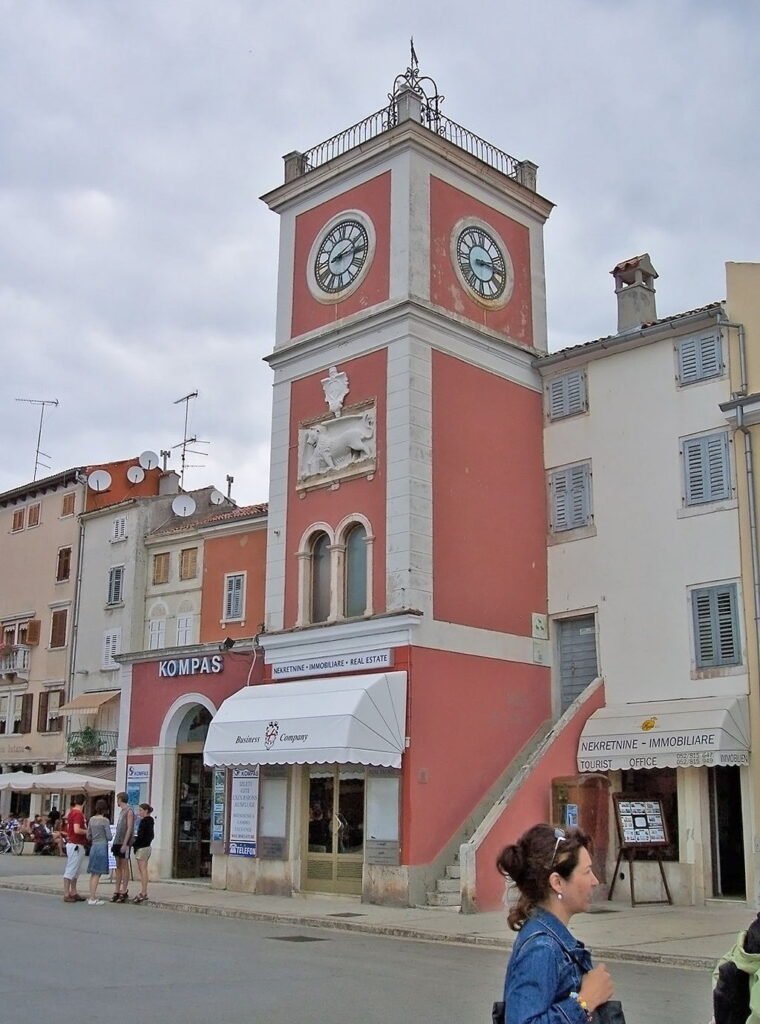
The reason the city clock has a fortress appearance is that it was previously part of Rovinj’s southern defences. This square tower in the centre of Rovinj’s main plaza was originally built in 1100, but over the years it has undergone some expansions, most notably in the 1600s when the Venetians updated it. A relief of the fabled winged Lion of St. Mark, Venice’s emblem, may be seen directly below the clock face. At the base of the tower, which is now a bureau de change, once stood a one-cell prison.
St. Euphemia Cathedral
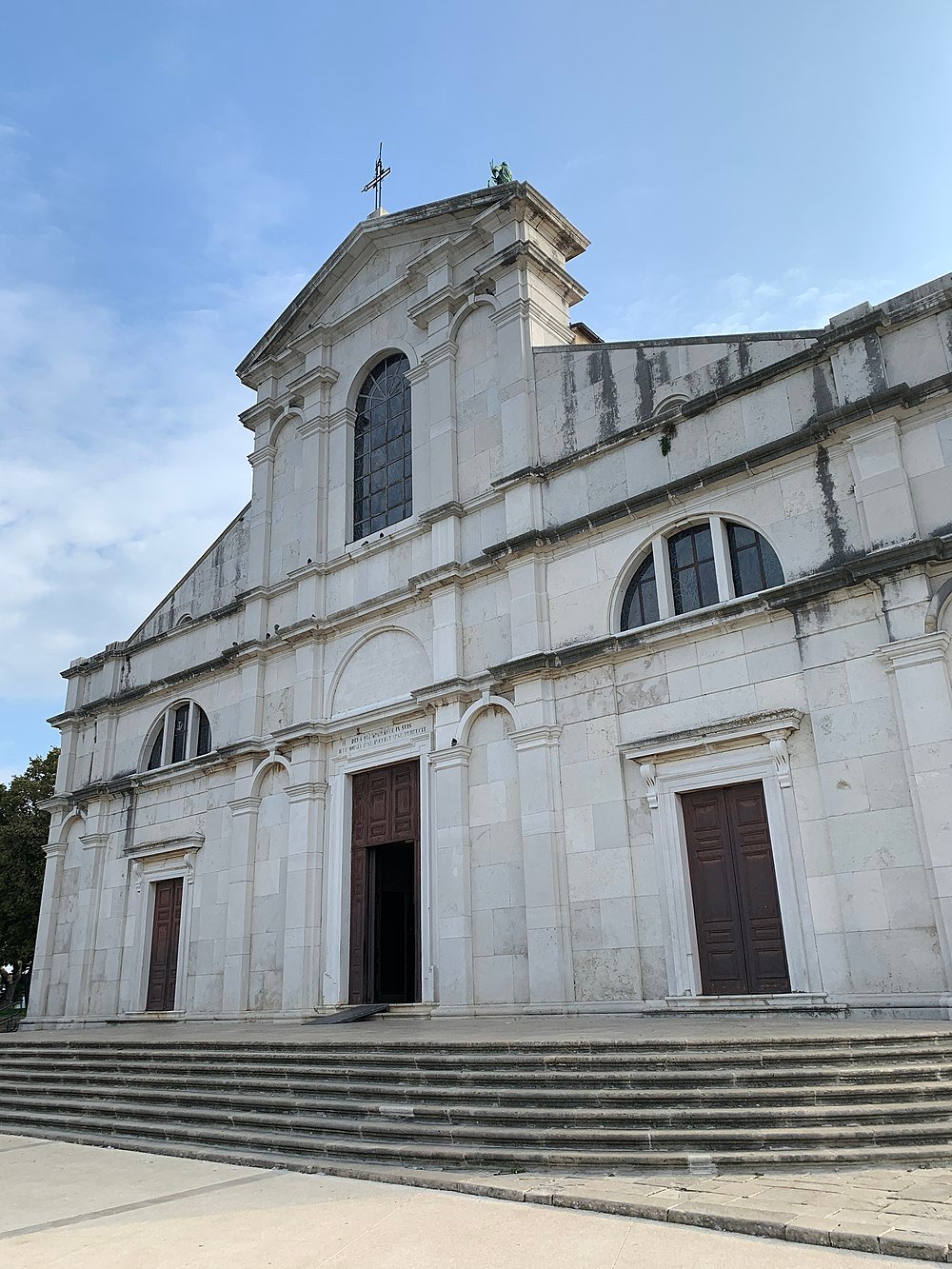
This baroque church’s square campanile dominates Rovinj’s skyline and is comparable to St. Mark’s in Venice. It, therefore, comes as no surprise that the Venetians, who ruled Rovinj during this time, built the 17th-century St. Euphemia. You can climb the 61-meter-high campanile to get a feel for the area; on a clear day, it even provides views of the Alps to the north. The interior of the church, however, showcases some opulent design, including a marble altar with a statue of the saint from the 15th century in front of a sarcophagus housing Euphemia’s relics.
Local beaches
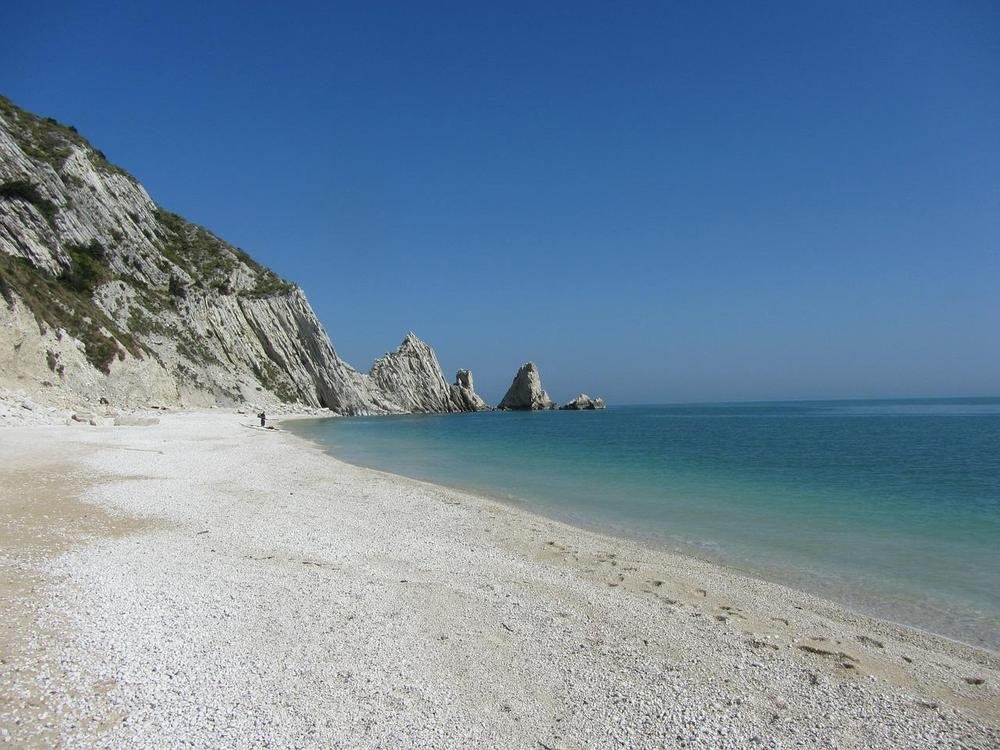
After a day of sightseeing, you may also park your car next to the serene Adriatic Sea, which is especially alluring during the hot days of July and August. There are 13 beaches within a few kilometres of the seashore. Only a few of these will resemble the stereotypical image of a large, sandy bay; instead, Istria’s beaches are either small arcs of white shingle or secret coves with diving-friendly rocks. For example, Monte Beach is right next to St. Euphemia in the old town and has a staircase leading down to a pool surrounded on three sides by rock. The pebble beach at Lone Bay is more developed and is bordered by pine trees.
Pula
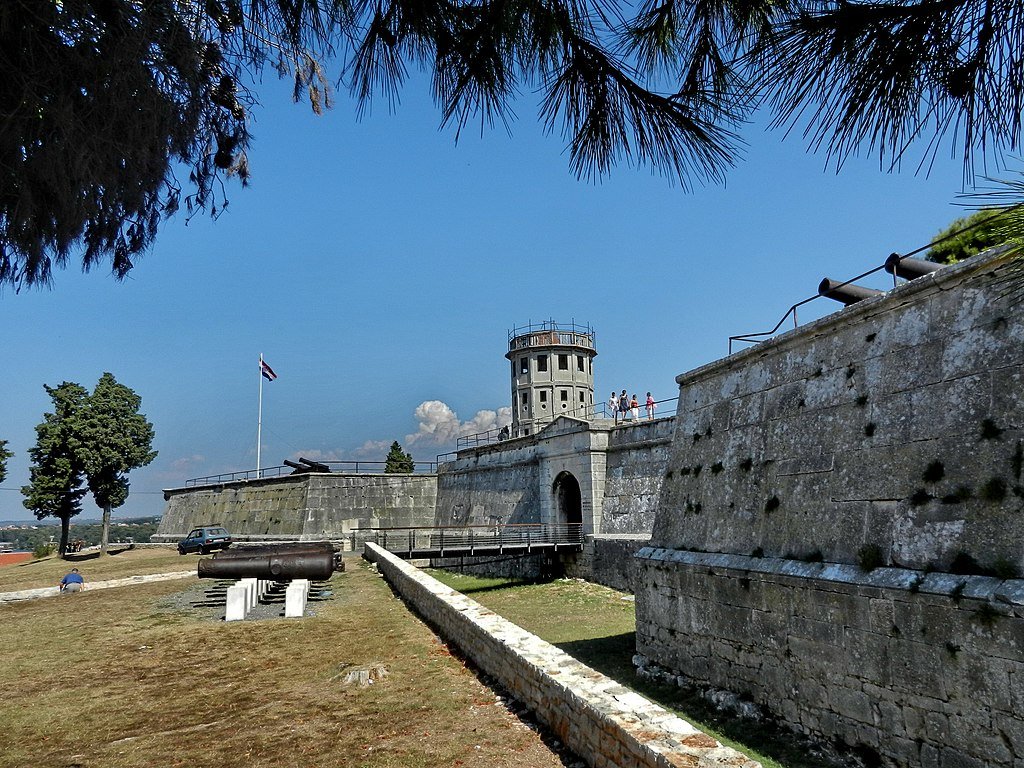
You must travel to Pula in the south of Istria, even if you have just a passing interest in antiquity. The Arena, a huge Roman amphitheatre with high-arched walls that rival Rome’s Colosseum, is the area’s most notable landmark. So much of the original building, including the facilities used by the more affluent spectators and the tunnels used by gladiators to travel beneath the arena, is still visible. Along with the gates and triumphal arches of a location that sometimes seems to have stood still in time, the Temple of Augustus is still standing and an active feature of the city on the Forum.
Local gastronomy
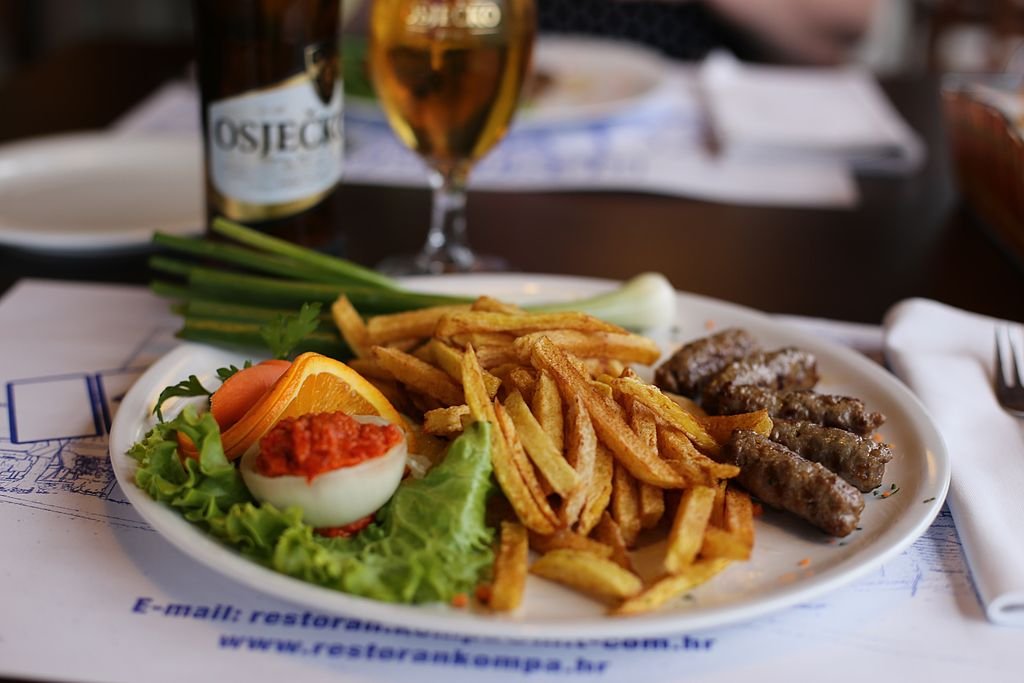
Try the regional pasta dish known as fuzi for a true flavour of Istria. These little rolled sheets (quite similar to penne) are served with a veal sauce cooked with wine and tomatoes. In many places, the white truffle is also grated on top. Truffles are abundant in the moist oak forests of central Istria; in fact, the world’s largest was found outside of Buje in 1999 and weighed 1.31 kg! The numerous pizzerias with brick ovens that can be seen in cities like Rovinj further demonstrate Istria’s Italian heritage.
Monkodonja
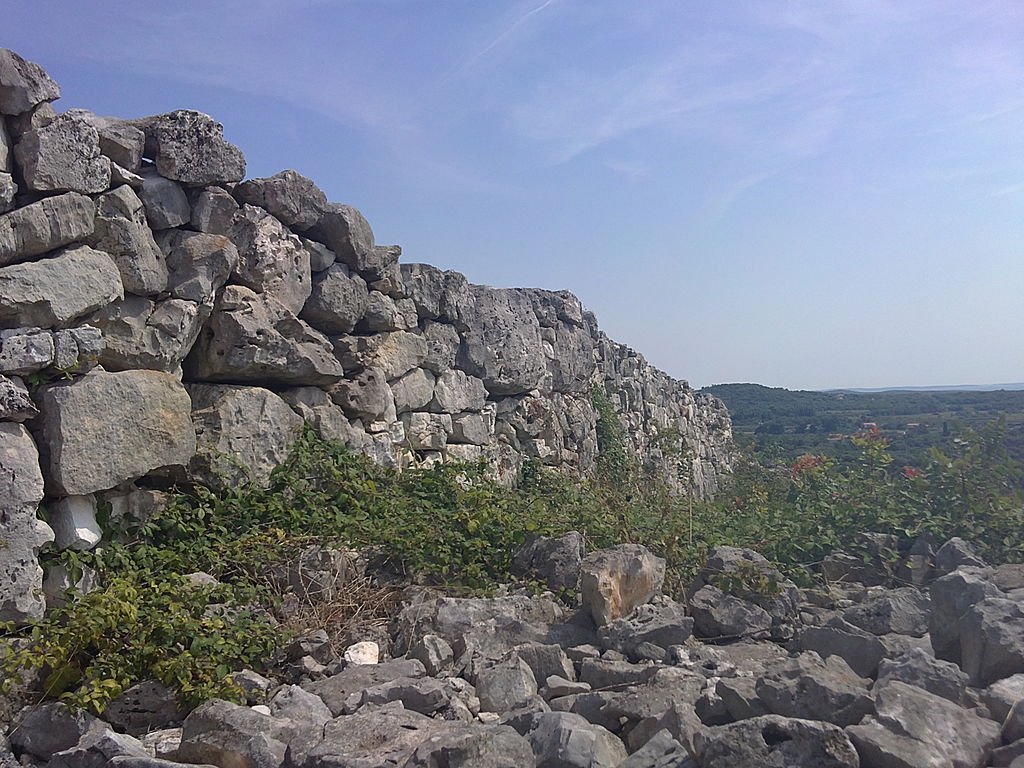
This Bronze Age hill fort was established in 1800 BC, and ceramic fragments found there indicate that Monkodonja had connections to the Ancient Greek city of Mycenae. At the site, you can check out the walls, many of which are a meter or more in height, as well as walk along ancient paved areas and see a cultic cave. All in all, it’s amazing that so much of it is still intact given its great age.
Old Town
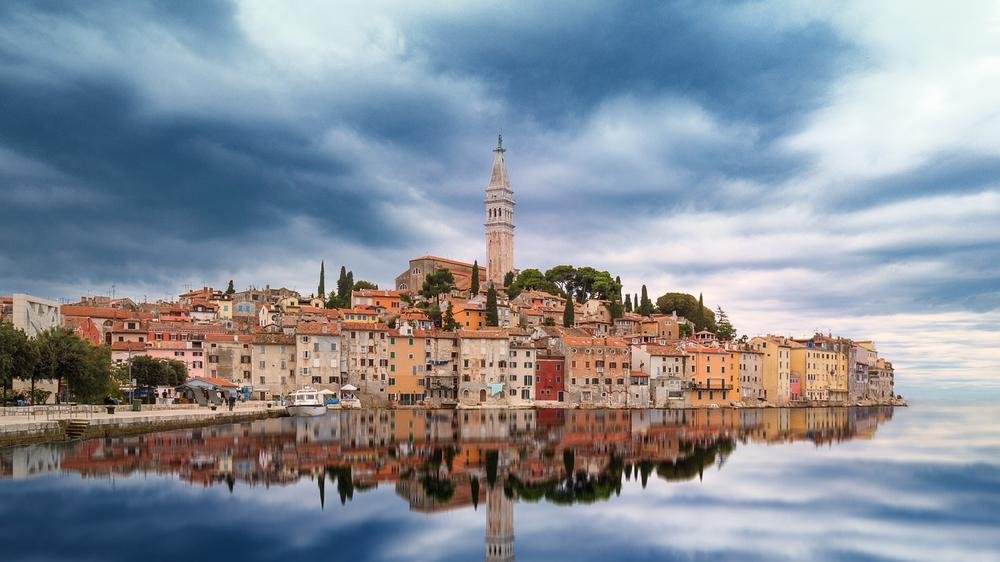
Before the Venetians’ land reclamation attempt in 1763, Rovinj was essentially an island. The old town is a medieval maze of narrow alleyways and lanes that curve up stairways worn by centuries of foot traffic and pass beneath arches. Despite the modest size of this ancient district, it won’t be difficult to become lost in the maze of charming cobblestone streets! You’ll eventually reach eateries, cafes, or even the water’s edge, where you can always find time for a cup of coffee while seeing this historic town go about its business.
Lim Fjord
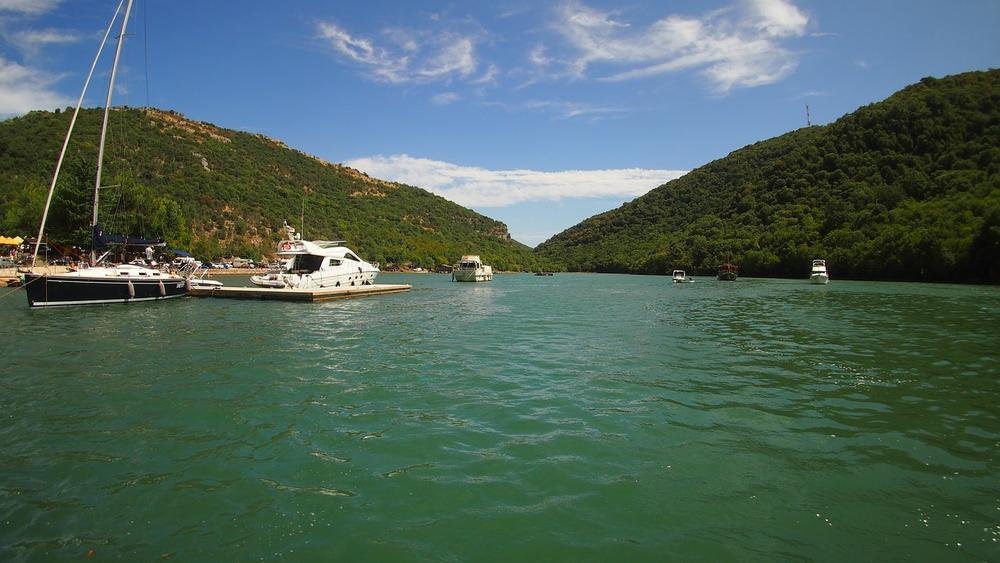
From the port in Rovinj, you can take a tour boat or the road to get to this odd and stunning natural phenomenon. It is referred to as a fjord and a canal, but in reality, it is a 10-kilometre-long river canyon protected by 100-meter-high, steep, forested mountainsides. The river’s width, which can reach 600 metres in some areas, is what characterises this scene and gives it the look of a fjord. On land, you can go hiking or biking through the coniferous and deciduous forest mixture, stopping at the restaurant at the canyon’s mouth. Oysters and mussels raised in these waters are served here as seafood.
Rovinj Heritage Museum
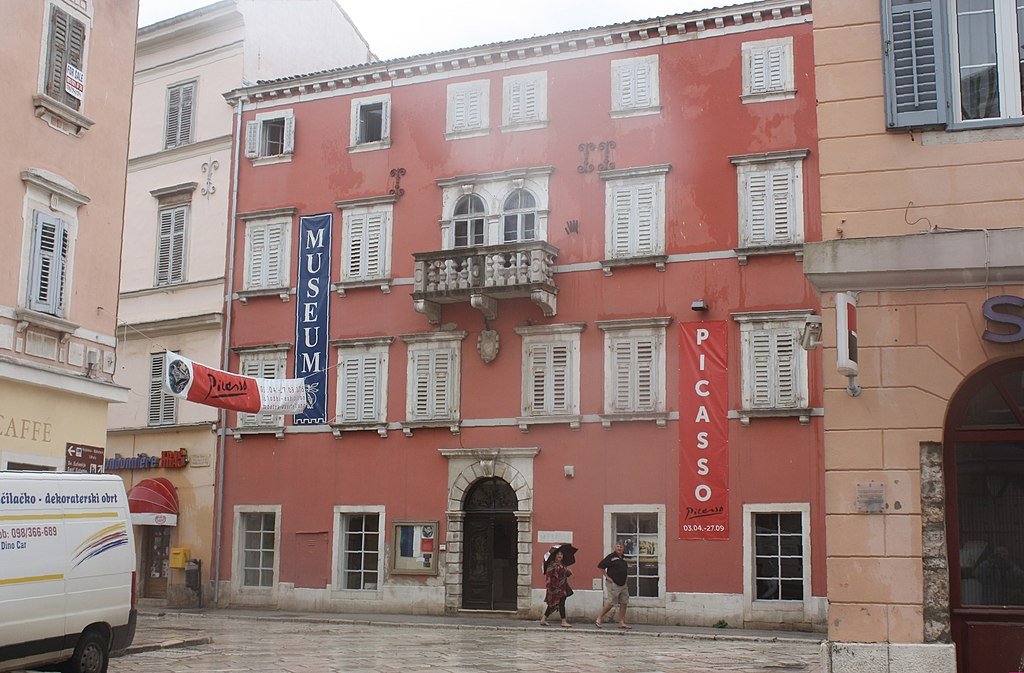
To showcase the work of regional painters and sculptors and to unite the region’s cultural resources, a group of Rovinj artists built this attraction in the 1950s. There are exhibit rooms here with significant artefacts related to the numerous cultures that settled in Rovinj and the city’s rich maritime history, in addition to a gallery space with some 1500 works of contemporary art. A significant component of the museum’s appeal is its opulent residence, a four-story baroque house constructed by the Counts of Califf in the 1600s.
Dvigrad
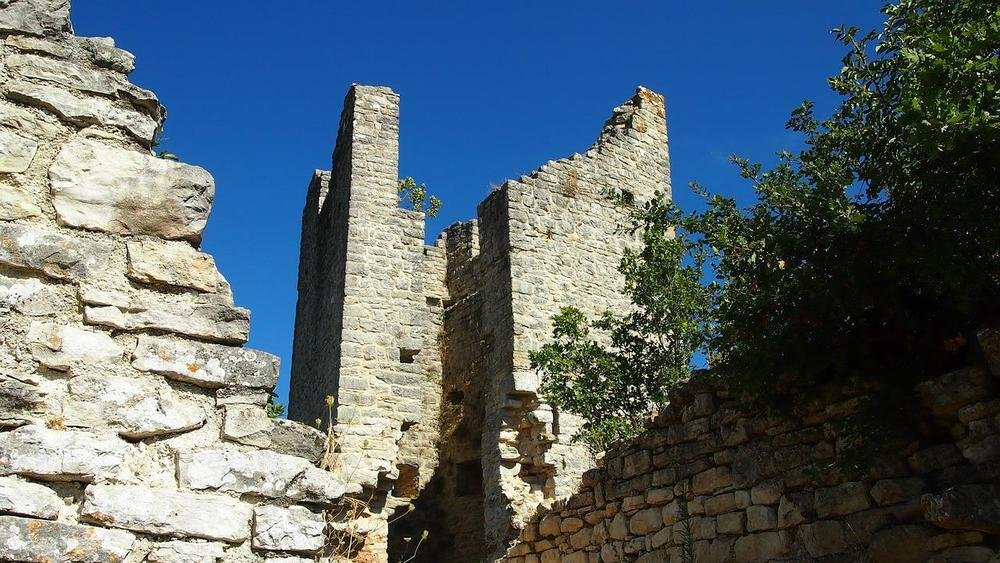
Visit the ruins of a medieval town that was abandoned in the 1700s due to a plague epidemic and never repopulated by taking a 20-minute drive through the Istrian countryside. On a visit, you’ll be able to poke around these atmospheric ruins, which include the town gate, walls, about 200 dwellings, and the drooping remnants of the St. Sophia church. You can view the castle’s crenellated tower from the Lim Fjord. A more complete picture of this spooky old town is gradually emerging as the entire site is being restored.
Diving
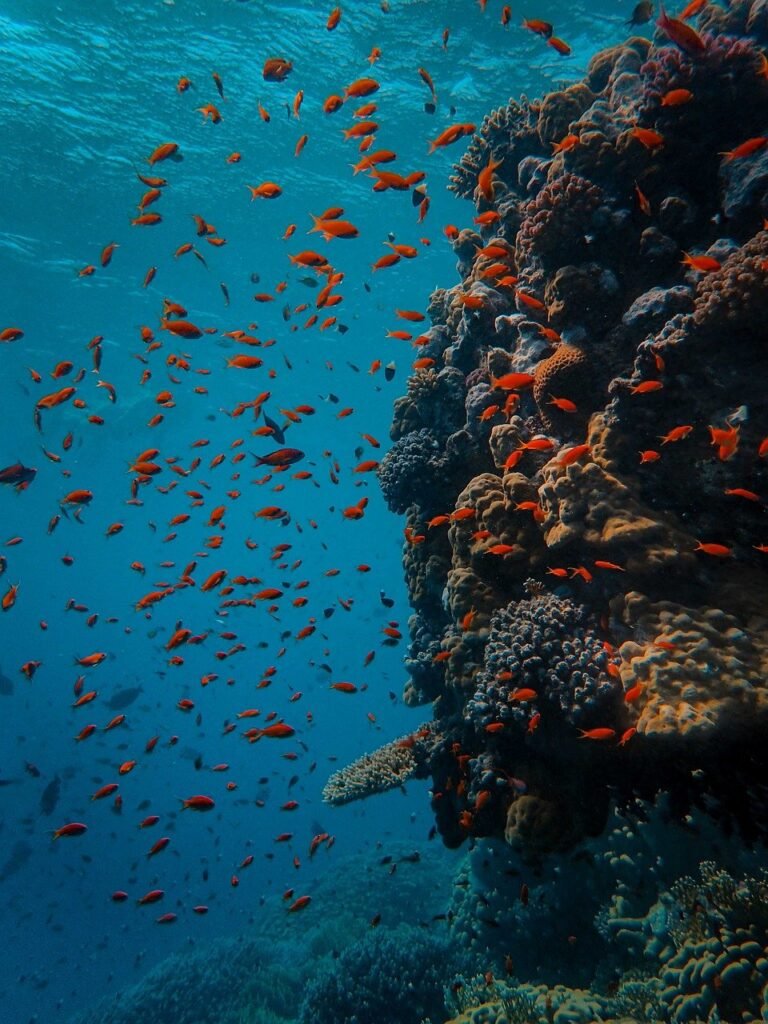
It’s a smart idea to incorporate scuba diving into your itinerary whether you are a seasoned diver, have taken training courses in the past, or are just getting started. The sea is often calm and secure, and there are a variety of intriguing things to view beneath the waves. Everything is ideal for it here. The SS Baron Gautsch, an Austrian commercial ship that sank after colliding with a mine during World War One, could be explored by skilled divers. Only a few dive shops have been granted permission to conduct dives at this fascinating wreck, including Ronvinj’s Valdaliso Diving Center.
Brijuni National Park is
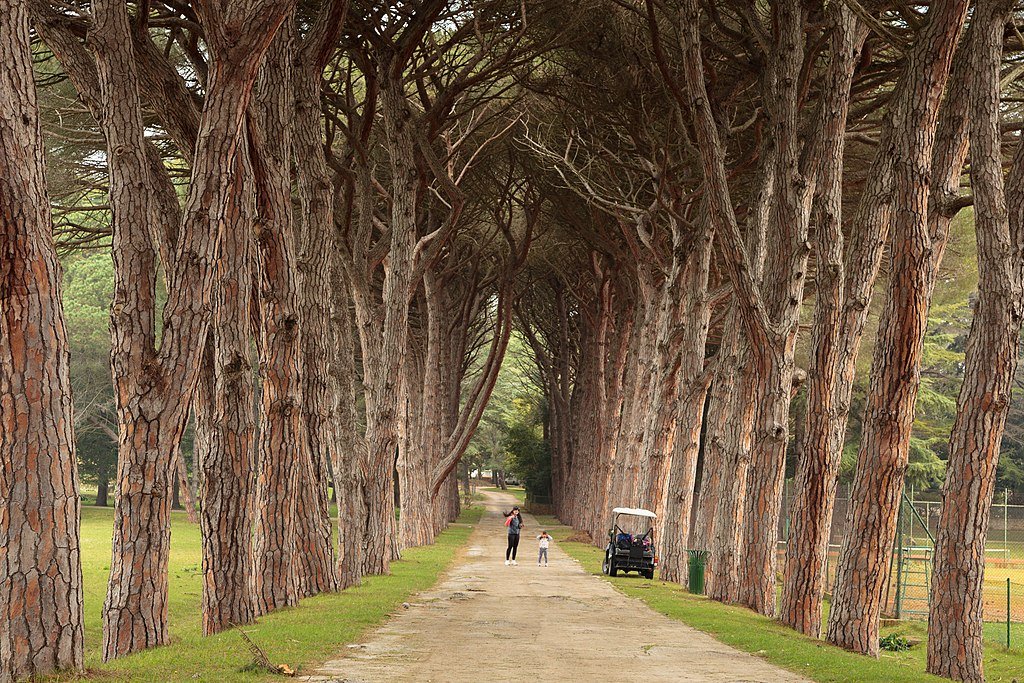
Reach the seaside town of Fazana by continuing down the coast in the direction of Pula. You can take a ferry from this location to Veli Brijun, the largest island in the amazing Brijuni National Park. It is a piece of an archipelago of mostly uninhabited islands with an intriguing natural and human history. People had lived here since prehistory, but by the 1700s, disease outbreaks had forced them to leave. Make sure you locate the ruins of the two Roman villas and St. Mary’s Church, which was both constructed in the 1200s by the Knights Templar. Dinosaur footprints carved into the limestone that dates back 200 million years can also be found at Brijuni Cretaceous Park.
Rovinj Port
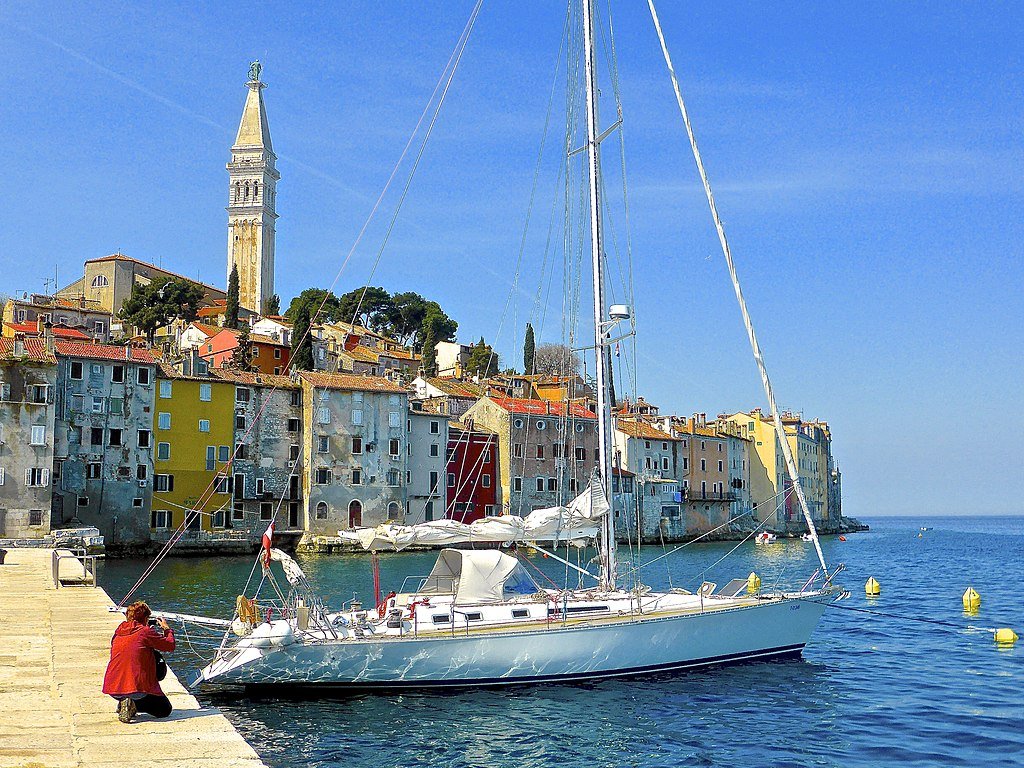
From the city’s port, you may get the best views of Rovinj (and pictures for Instagram). From this angle, you can view the waterfront’s crowded row of lovely painted homes as well as the magnificent St. Euphemia campanile. If you face the water, you will see a bustling port with fishermen setting out, returning, or mending nets on the jetty. There are cafes and restaurants all along the water’s edge, and there is undoubtedly nowhere in the city better to idle away for a couple of hours on a sunny day!
Punta Corrente

A tranquil natural park is located on the boot-shaped peninsula a short distance south of Rovinj. The idea of Punta Corrente (Golden Cape) originated with the 19th-century Austrian entrepreneur Johann Georg von Hütterott, who bought this area and encouraged the regrowth of its natural ecosystem. A stunning expanse of softwood forest, where cedars, Douglas firs, cypresses, and Aleppo pines planted more than 100 years ago is thriving, is now nothing short of an idyll. Come here to stroll the paths, unwind in the green spaces, or take it easy in the small rocky coves along the coast.
Balbi’s Arch
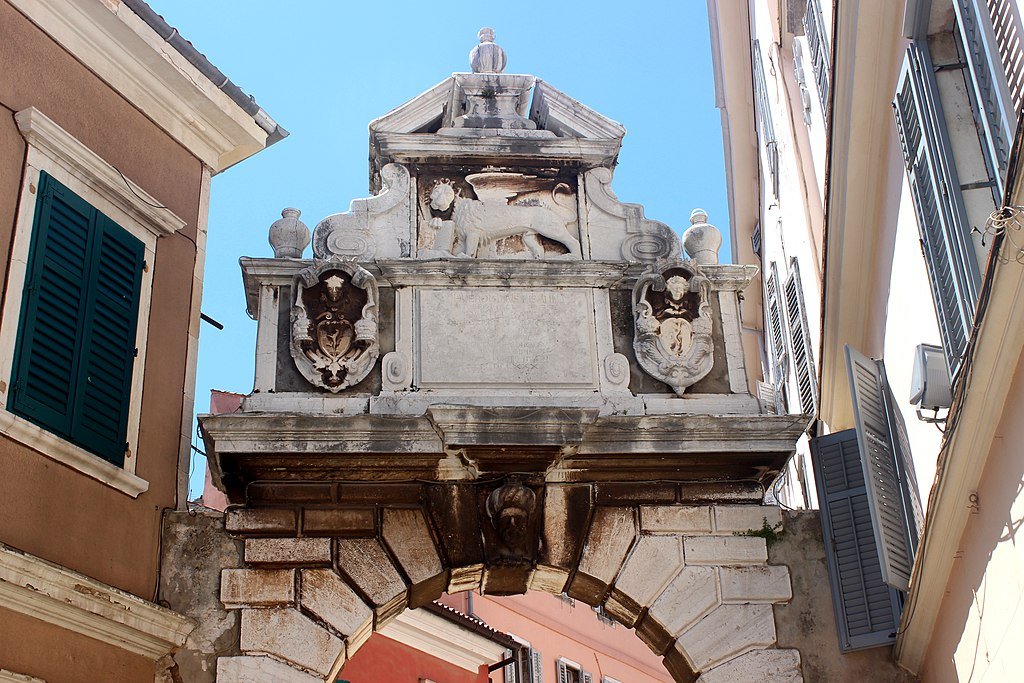
This massive arch, which dates to the late 1670s and is named after the mayor of the time, Daniel Balbi, leads to Grisla Street out of the central plaza. The arch, which took the place of a former town gate, has the Lion of St. Mark, a traditional symbol of Venice. Interestingly, there are two additional stone heads—one on each side of the arch. You can see the head of a bearded Venetian on one, while a Turk in a turban is on the other.


